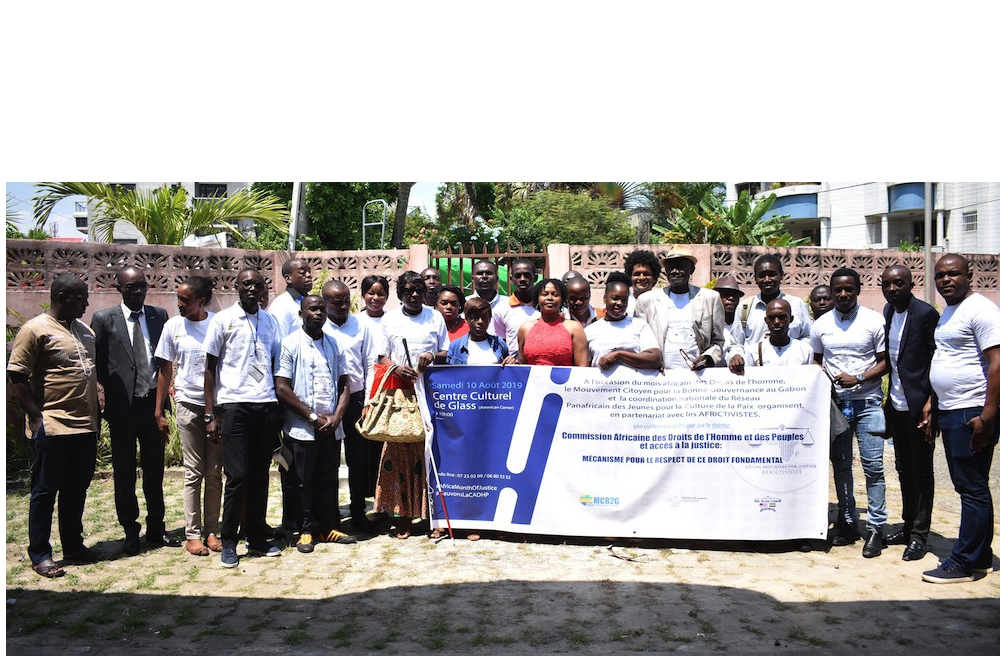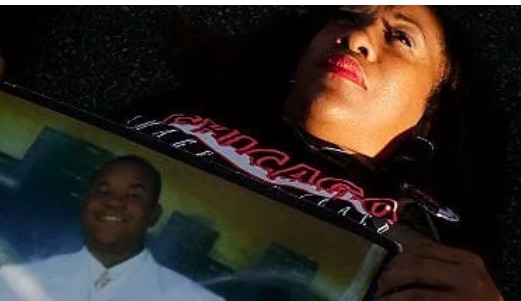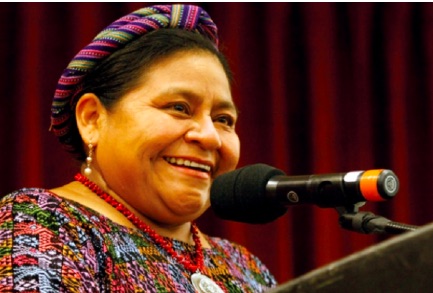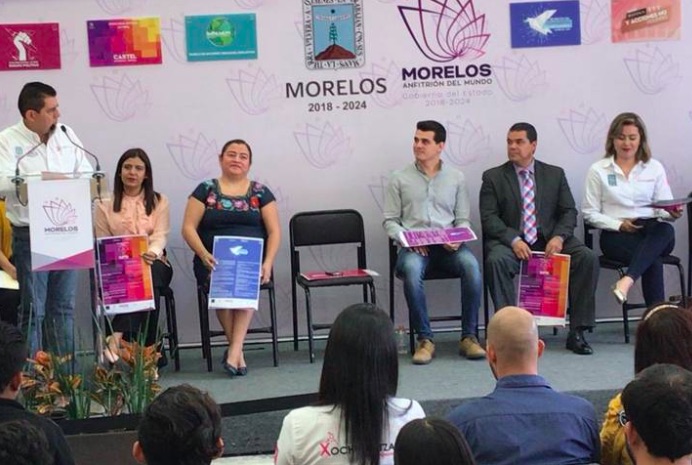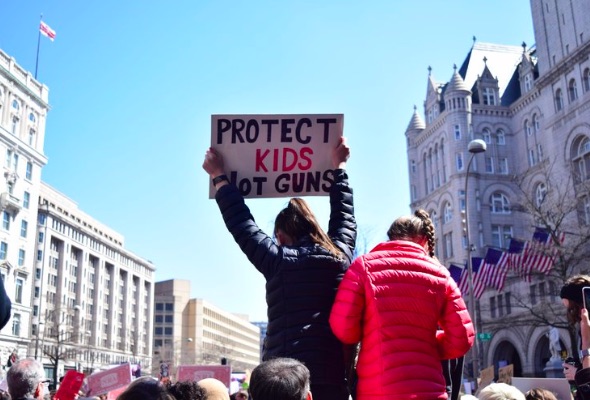DISARMAMENT & SECURITY .
An article by Keith Coffman in Reuters (reprinted by permission)
Demanding an end to gun violence and tougher restrictions on firearm sales, thousands of students again walked out of classes across the United States on Friday in hopes of putting pressure on politicians ahead of November’s midterm elections.
Timed to coincide with the 19th anniversary of the Columbine High School massacre, students left classes at midmorning, many waving placards with slogans including “I should be worried about grades, not guns,” and “Enough is enough.”

Students gather for a rally in Washington Square Park, as part of a nationwide walk-out of classes to mark the 19th anniversary of the Columbine High School mass shooting, in New York City, U.S., April 20, 2018. REUTERS/Brendan McDermid
Organizers said students from more than 2,600 schools and institutions were scheduled to take part, but that was fewer than participated in a similar walkout last month. In some places, demonstrators even met with resistance from school administrators.
“Today is about being proactive and being empowered and really funneling all that energy and anger we have as young people into some productive change,” one of the student organizers, Lane Murdock of Connecticut, told Reuters.
Olivia Pfeil, a 16-year-old sophomore from a high school in Oconomowoc, Wisconsin, held a sign bearing the names of mass shooting victims. “We’re expecting change or come next election cycle we will support politicians who are listening to the voices of the youth,” she said.
It was the second student walkout since the Feb. 14 massacre of 17 people at Marjory Stoneman Douglas High School in Parkland, Florida, and the emergence of a national student movement to end gun violence and toughen restrictions on firearms sales.
Many of the demonstrators wore orange, a color that has come to represent the movement against gun violence. A 13-second silence was observed in honor of the 13 killed at Columbine.
At the Texas statehouse in Austin, about 1,000 students, many waving signs and chanting anti-NRA slogans, demanded stricter gun control measures.
“Because we can’t vote, this is the only way we can make our voices heard,” said Graeclyn Garza, a second-year student at McCallum High School in Austin, who waved a sign reading “Enough.”
Outside the White House, protesters sat in silence while they listened to the names of gun violence victims read aloud.
“It happened like 20 years ago,” said Ayanna Rhodes, 14, a student at Washington International School, referring to Columbine, “And we are still getting mass shootings in schools.”
Two gunman went on a shooting rampage at Columbine High School in Colorado in 1999, leaving 12 students and a teacher dead before killing themselves in a massacre that stunned the nation. But since then, school shootings have become commonplace.
(Continued in right column)
Question related to this article:
Do you think handguns should be banned?, Why or why not?
(Continued from left column)
Even as students prepared for their protest on Friday morning, news broke that a 17-year-old student had been wounded in a shooting at a high school near Ocala, Florida. A suspect was arrested soon afterward, police said.
The latest gun violence unfolded about 225 miles (360 km)northwest of the Parkland high school, where two months ago a former student killed 17 people in the deadliest high school shooting in U.S. history.
Despite widespread revulsion over the school shootings, the issue of gun control remains sensitive in Colorado and across the country, where the Second Amendment of the Constitution guarantees the right to bear arms.
‘OPPOSE THEM AT EVERY STEP’
Dudley Brown, president of the Colorado-based National Association for Gun Rights, said the gun-control movement seeks to have the government take away constitutional rights.
“The main objective of these students is to ban firearms completely, and confiscate the firearms of law-abiding Americans,” Brown said. “We will oppose them at every step.”
In some conservative school districts, administrators told students they could face disciplinary steps if they walked out.
In suburban Dallas, a dozen students dressed in orange chanted “End gun violence!” as they huddled in a parking lot across the street from North Garland High School.
Freshman Victoria Fierro, 14, said school administrators blocked the doors when about 50 students tried to leave, so a small group exited through a side door.
“They told us we would get in trouble if we walk out, and we told them it was a peaceful protest, we’re not causing any damage,” Fierro said. “This is over a serious topic that people are pushing aside.”
The principal declined to answer questions from Reuters.
It was not immediately clear whether Friday’s turnout matched those of earlier protests. More than a month ago, tens of thousands of students from some 3,000 schools participated in the #ENOUGH National School Walkout to demand tighter gun control regulations.
On March 24, “March For Our Lives” rallies in cities across the United States were some of the biggest U.S. youth demonstrations in decades, with hundreds of thousands of young Americans and their supporters taking to the streets.
On the evening before the walk-outs, Colorado gun control activists rallied near Columbine High School.
Carlos Rodriguez, a 17-year-old junior from Marjory Stoneman, traveled to Columbine for the anniversary and said he found a sense of solidarity in the outpouring of support.
“That’s the only thing that’s keeping us Douglas students alive right now: the distraction of fighting for our rights and advocating for our lives,” Rodriguez told Reuters.
There was no walkout on Friday at Columbine, which has not held classes on April 20 since the massacre. Students were encouraged to take part in community service instead.
Additional reporting by Lacey Johnson and Ian Simpson in Washington, Zach Fagenson in Miami, Lisa Maria Garza in Garland, Texas, Jon Herskovitz in Austin, Texas, and Edgar Mendez in Oconomowoc, Wisconsin; editing by Jonathan Oatis and Dan Grebler
